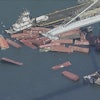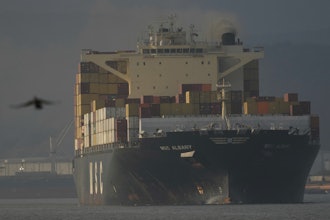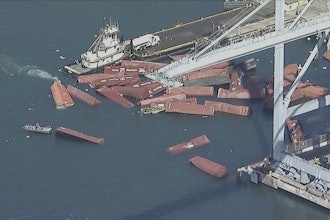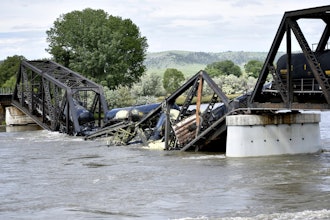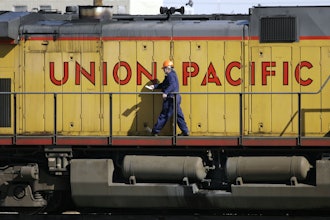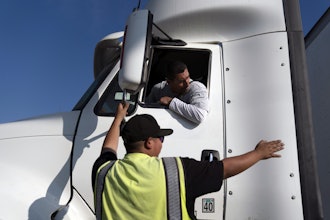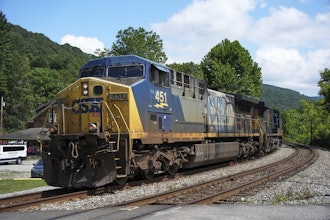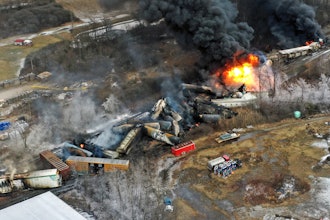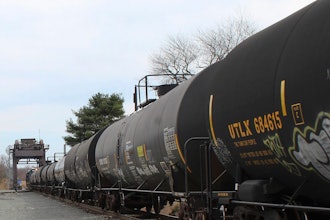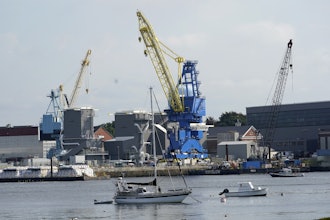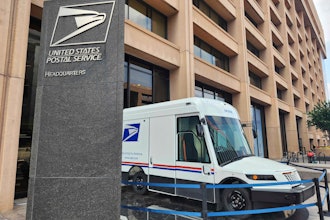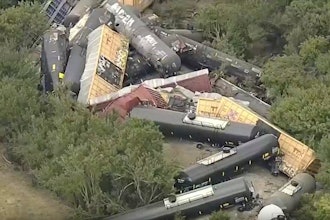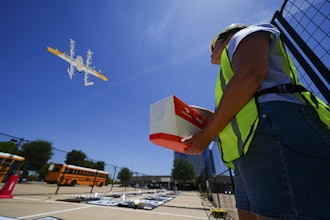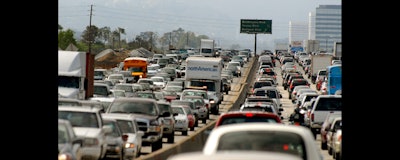
No one likes getting stuck in traffic, but for a supply chain, traffic jams aren’t just affecting your timeline — they can negatively affect your entire business and even end up costing you money. How much money do people waste in traffic jams every year, and what can you do to help mitigate or even eliminate the effects of traffic congestion?
The Cost of Traffic Congestion
What’s the real cost of getting caught in traffic?
Studies have found in the top 10 most populated states, traffic congestion can cost commuters upwards of $62 billion a year. The exact amount of money you stand to lose in traffic jams will vary greatly by your state — the average driver in California wastes roughly $19,000 a year, while the average driver in Georgia only wastes about $2,000. This waste doesn’t take into account things like deadlines, especially if your supply chain relies on trucks that are currently stuck in traffic. If commuters alone are wasting this much money in traffic, the cost of congestion for delivery trucks is undoubtedly higher.
One 2010 survey of roughly 1,200 construction companies found more than 90 percent of these firms reported traffic congestion had negatively impacted their business. While this survey is now eight years old, the problem hasn’t changed much. If anything, there are more cars on the road today than there were eight years ago, which makes traffic congestion even worse. In 2014, trade publication Ward’s Auto reported there were more than 1.2 billion cars on the road around the world, and experts project that number to reach more than 2 billion by 2035.
Overall, road congestion can cost a company more than $27 billion a year in lost time and extra fuel costs.
Combatting Traffic Congestion Losses
While most supply chains rely on driving, you don’t have to lose millions of dollars in revenue because of traffic jams. What can you do to combat traffic congestion-related losses?
- Relocate — Many companies have considered relocating their operations or warehouses outside of major urban hubs. It doesn’t stop the problems caused by inner-city congestion, but it does help reduce the traffic around the distribution center.
- Reschedule — Planning deliveries and distributions during non-peak traffic hours can help reduce the chance that your drivers will encounter traffic congestion. Take time to observe traffic patterns in and around where you are already established to determine the best times to drive.
- Interact — Work with your local department of transportation to see if they can change the existing infrastructure to help reduce time and money lost to traffic congestion. So-called “superblocks,” such as those in place in Barcelona, might be an option — specially designed neighborhoods that restrict traffic by encouraging people to walk more often.
- Support — Take time to support local public transportation infrastructure in your area, or the areas where you experience the most traffic congestion. In Los Angeles alone, public transportation saves commuters between $1.2 and 4.1 billion a year.
- Spread out — If your main base of operations is in a major urban hub, try creating smaller satellite distribution centers, rather than working from one centralized location. This measure will reduce traffic congestion costs by allowing you to drive shorter distances to make deliveries or move supplies or products between distribution centers.
- Avoid — Whenever possible, map your delivery or distribution routes to avoid main roads that are known to be congested. Use apps like Google Maps or Waze to help you plan and update your routes on the fly to adapt to changing traffic conditions.
 Megan Ray Nichols, Freelance STEM Writer
Megan Ray Nichols, Freelance STEM WriterWith billions of cars on the road at any given time, traffic congestion is often an unavoidable part of life. By taking steps to change the way we approach traffic and our supply chains, we can reduce costs, optimize profitability and keep our clients and customers happy without spending hours or days on the road, stuck in traffic.
Getting stuck on the road when you’re commuting is annoying — getting stuck on the road when you’re hauling freight and coming up on a deadline is a nightmare. By making changes both within our supply chains and within our communities, we can help reduce traffic congestion, so everyone can get where they want to go.
Megan Ray Nichols is a freelance STEM writer and blogger whose work has appeared on Manufacturing Business Technology, American Machinist, and IoT Evolution. Read more posts by Megan on her blog, Schooled By Science, and follow her on Twitter @nicholsrmegan.



